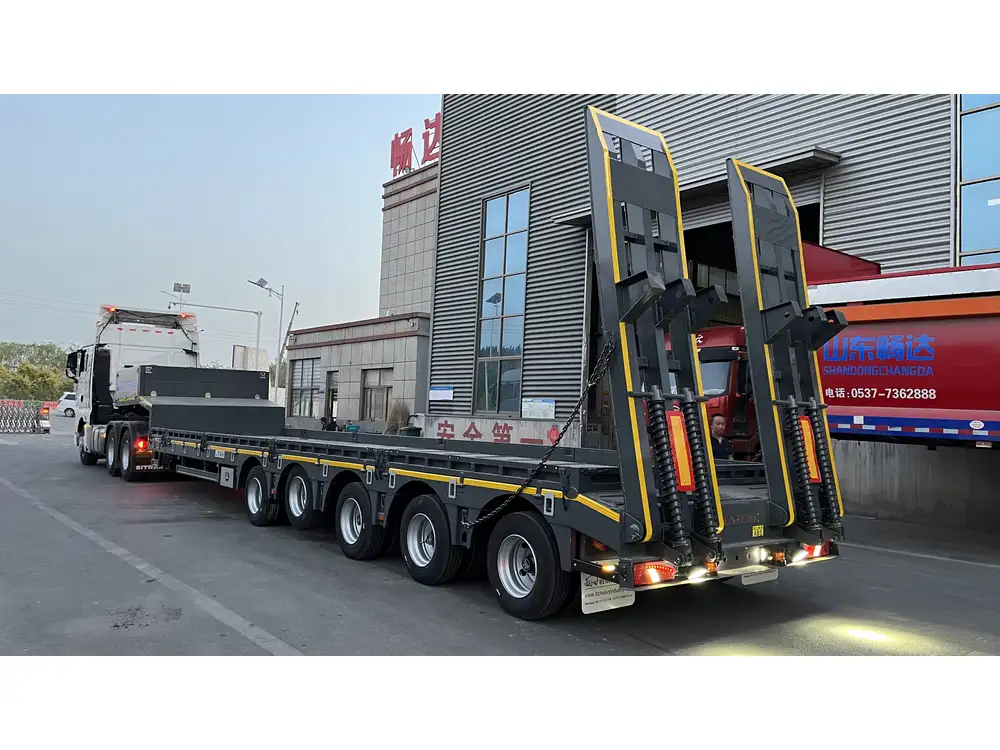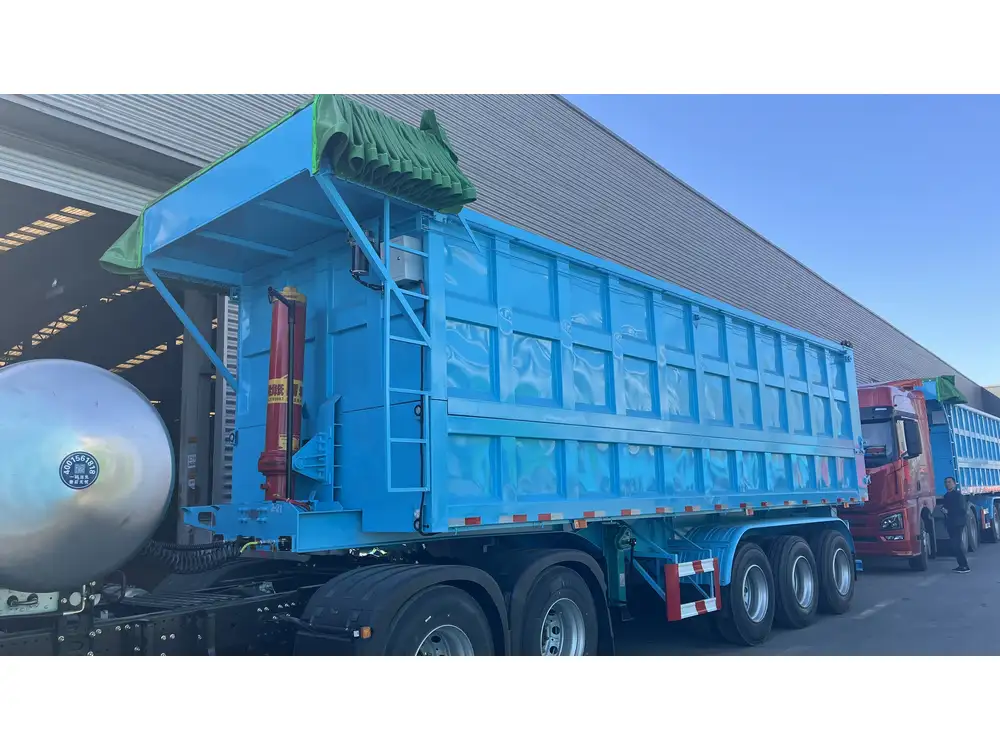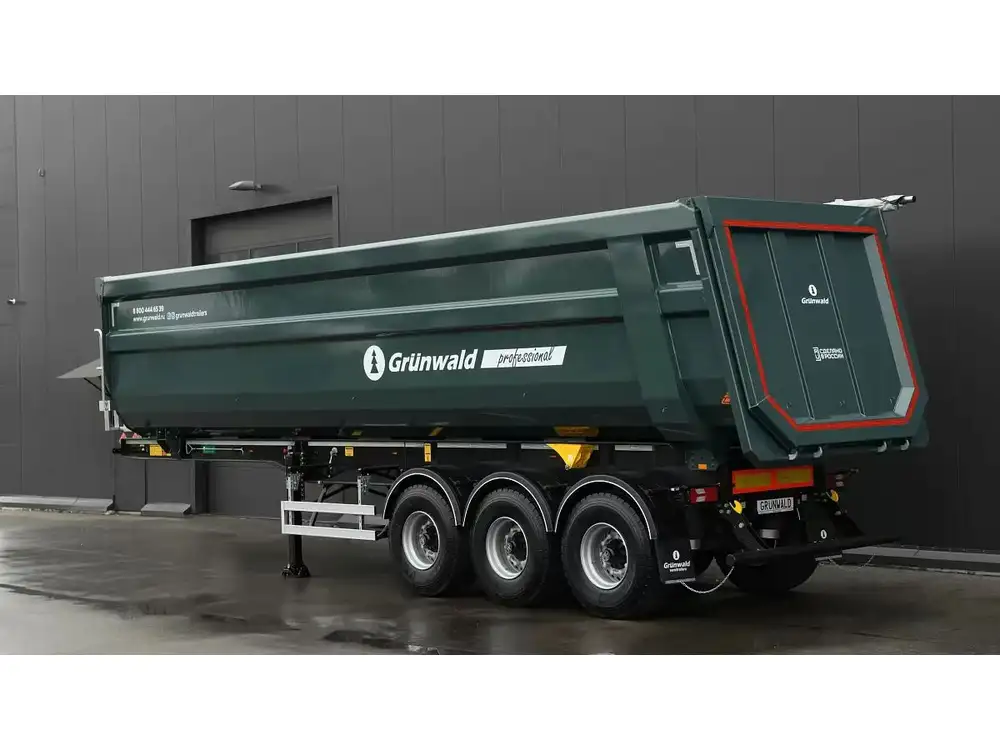Shipping containers have become a crucial element in the logistics and transportation industries. Understanding their dimensions—especially when transported on trailers—ensures that your operations run smoothly. This article delves into the question, “How high is a shipping container on a trailer?” along with several related topics that enhance your knowledge of container dynamics, safety regulations, and operational efficiencies.
Shipping Container Heights: Standard Dimensions
Shipping containers come in various sizes, but the most commonly used are the 20-foot and 40-foot containers. Their heights can affect how they are loaded onto trailers, which is essential for transportation planning.
| Container Type | Length | Height | Width |
|---|---|---|---|
| Standard Container | 20 ft | 8.5 ft | 8 ft |
| High Cube Container | 40 ft | 9.5 ft | 8 ft |
The standard height for most shipping containers is 8.5 feet, while high cube containers, designed to offer more storage space, stand at a height of 9.5 feet.
Adjusting for Trailer Heights
When shipping containers are placed on trailers, the overall height increases. Trailers vary in height, typically ranging from 4 to 5 feet. Therefore, when considering the total height while transporting, it’s crucial to combine the height of the container and the trailer.

Calculating the Total Height
To calculate the total height of a shipping container on a trailer, use the following simple formula:
Total Height = Container Height + Trailer Height
Example Calculation
For a standard shipping container:
- Container Height = 8.5 feet (Standard Container)
- Trailer Height = 4.5 feet (Average height)
Total Height = 8.5 ft + 4.5 ft = 13 ft
For a high cube shipping container:
- Container Height = 9.5 feet (High Cube)
- Trailer Height = 4.5 feet (Average height)
Total Height = 9.5 ft + 4.5 ft = 14 ft
This information is vital for ensuring that transportation methods can accommodate such heights without issues, especially when navigating underpasses, bridges, or tunnels.
Legal Restrictions on Height
Understanding legal restrictions regarding trailer heights is essential for compliance and safety. In many regions, the maximum permissible height for vehicles and their loads can vary:
| Region | Maximum Height (ft) |
|---|---|
| United States | 13.5 ft |
| Canada | 13.5 ft |
| Australia | 13.1 ft |
Before transporting, verify local regulations to avoid fines, heavy fees, and potential delays.

Factors Impacting Container Loading Height
Several other factors can influence how high your shipping container sits on a vehicle:
1. Type of Trailer
Different trailers are designed for specific functions, which affects their height. Choosing the right type of trailer is crucial. Common trailer types include:
- Flatbed Trailers: Generally lower, making them suitable for taller containers but potentially limiting load height.
- Box Trailers: Enclosed trailers that can affect a shipping container’s top clearance, especially during loading.
2. Load Configuration
The way the container is loaded can also impact the overall height. Ensure containers are loaded correctly and securely. Misalignment may raise the container’s center of gravity, leading to stability issues during transit.

3. Environmental Considerations
Environmental conditions, such as wind and inclement weather, can impact transport height specifications. Consider adjusting load height to ensure safety during adverse conditions, particularly on elevated roadways.
Practical Implications for Transport Companies
Knowing the height of shipping containers on trailers has informed logistic strategies:
Efficient Planning
- Route Evaluation: Anticipate low overhangs and tight turn areas when planning transport. Utilize mapping tools that can factor in height restrictions.
- Time Management: Height assessments can streamline loading and unloading operations, thus reducing labor costs and waiting times.

Risk Management
- Safety Measures: Implement safety checks to ensure your transporting operation adheres to height regulations; mitigating risks can save time and resources.
- Insurance Considerations: Ensure that your insurance policy covers potential issues that may arise from operational heights and related impediments.
Cost-Effectiveness
Transporting at optimal heights can reduce fuel consumption and thus lower operational costs. Understanding how a trailer’s height influences the overall journey will make transportation more efficient.
Shipping Container Safety Standards
Safety is paramount in transportation. Key considerations include:

Proper Securing Methods
Utilizing appropriate buckles, straps, and tightened loads can maintain the balance and integrity of shipping containers as they travel.
Regular Inspection
Inspect both the trailer and container regularly to ensure that they remain structurally sound. Safety checks should become a routine part of your transportation process.
Conclusion
Understanding “how high is a shipping container on a trailer” is foundational for those in the shipping, logistics, and transportation sectors. Keeping track of container and trailer specifications not only ensures compliance with safety regulations but also streamlines operations and enhances cost-effectiveness.
For manufacturers and transporters alike, grasping the implications of these dimensions—from height calculations to legal limitations—enables informed decision-making and operational planning. Staying ahead of regulations allows your company to mitigate risks associated with transportation challenges, paving the way for smoother operations and increased profitability.

Frequently Asked Questions (FAQs)
What is the standard height of a shipping container on a trailer?
The standard height for most shipping containers ranges between 8.5 feet and 9.5 feet, while standard trailers add approximately 4.5 feet, resulting in total heights around 13 to 14 feet.
Are there any height restrictions specific to my location?
Yes, local regulations vary significantly. Confirm your route’s height limits through state Department of Transportation resources or local municipal codes.

How should I secure a shipping container on a trailer?
Use specialized loading equipment and securing devices such as tie-down straps and locks. Always ensure weight is distributed evenly and securely.
What are the best trailer options for shipping containers?
Flatbed trailers and box trailers are leading choices. Ensure that you choose based on the cargo. Confirm compatibility with your particular container size for optimal performance.
Can high winds affect shipping container transport?
Yes. High winds can impact stability, especially at increased heights. It’s vital to avoid transport during extreme weather conditions when possible.
These insights into shipping container heights on trailers not only enhance understanding but also bolster effective planning, easing burdens for logistics professionals.



